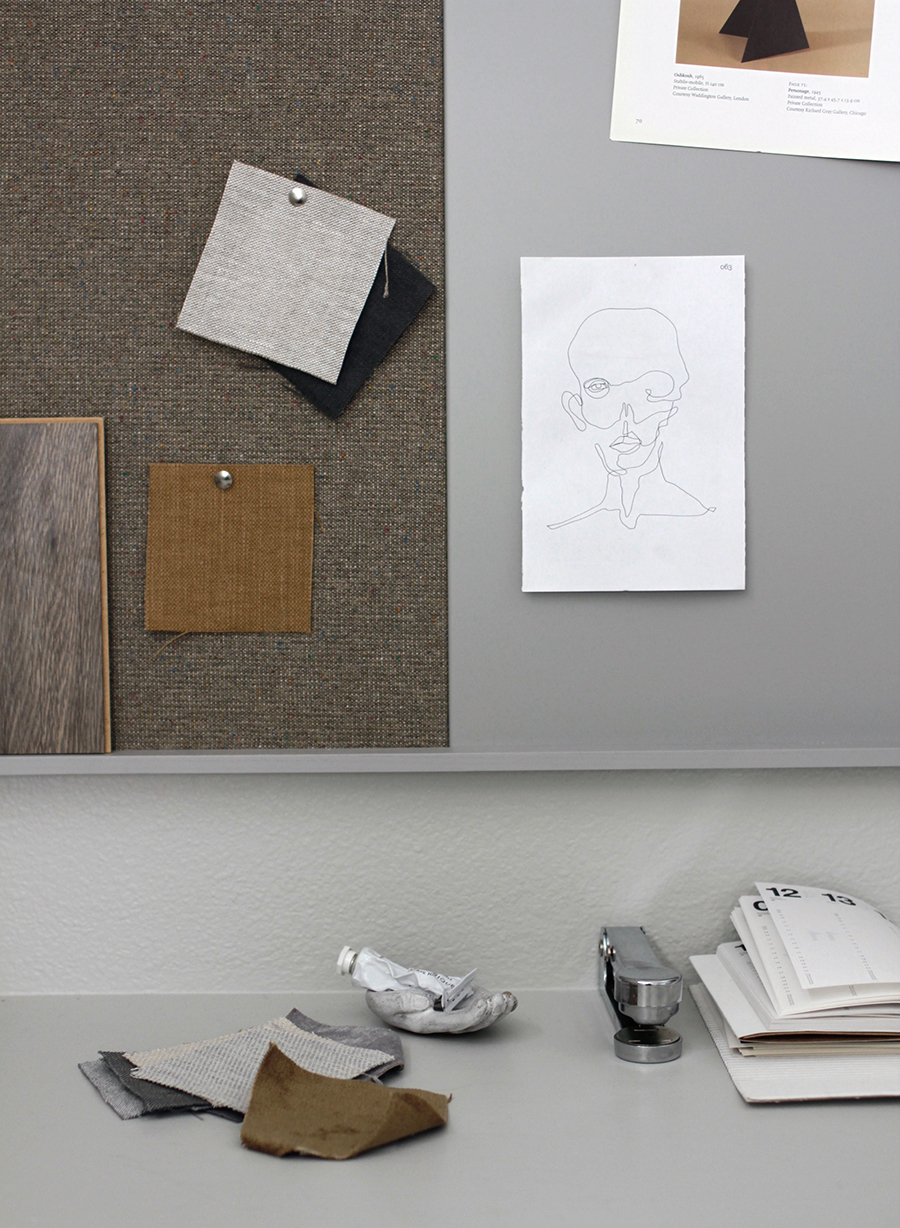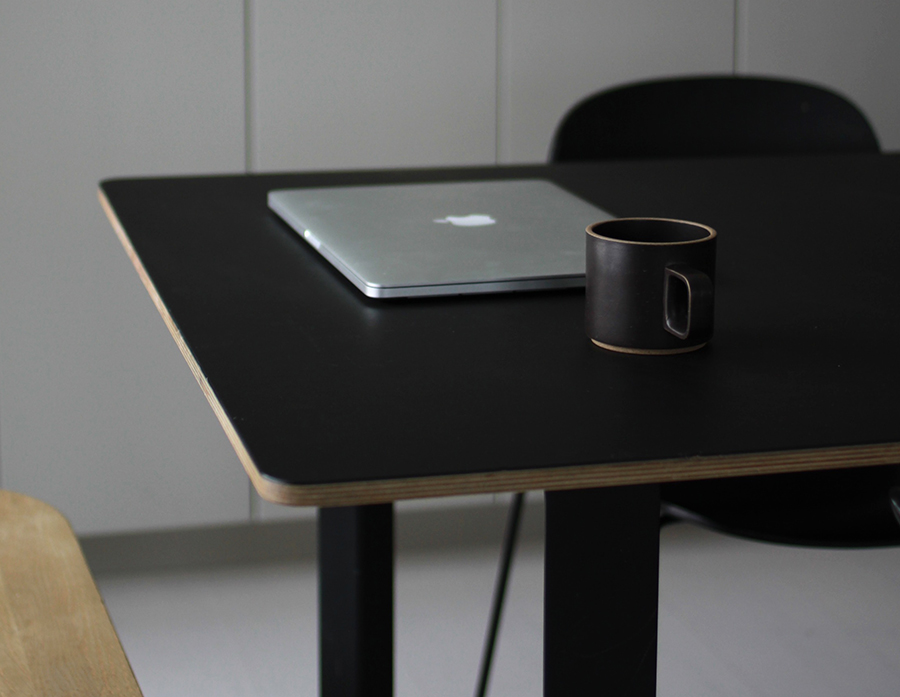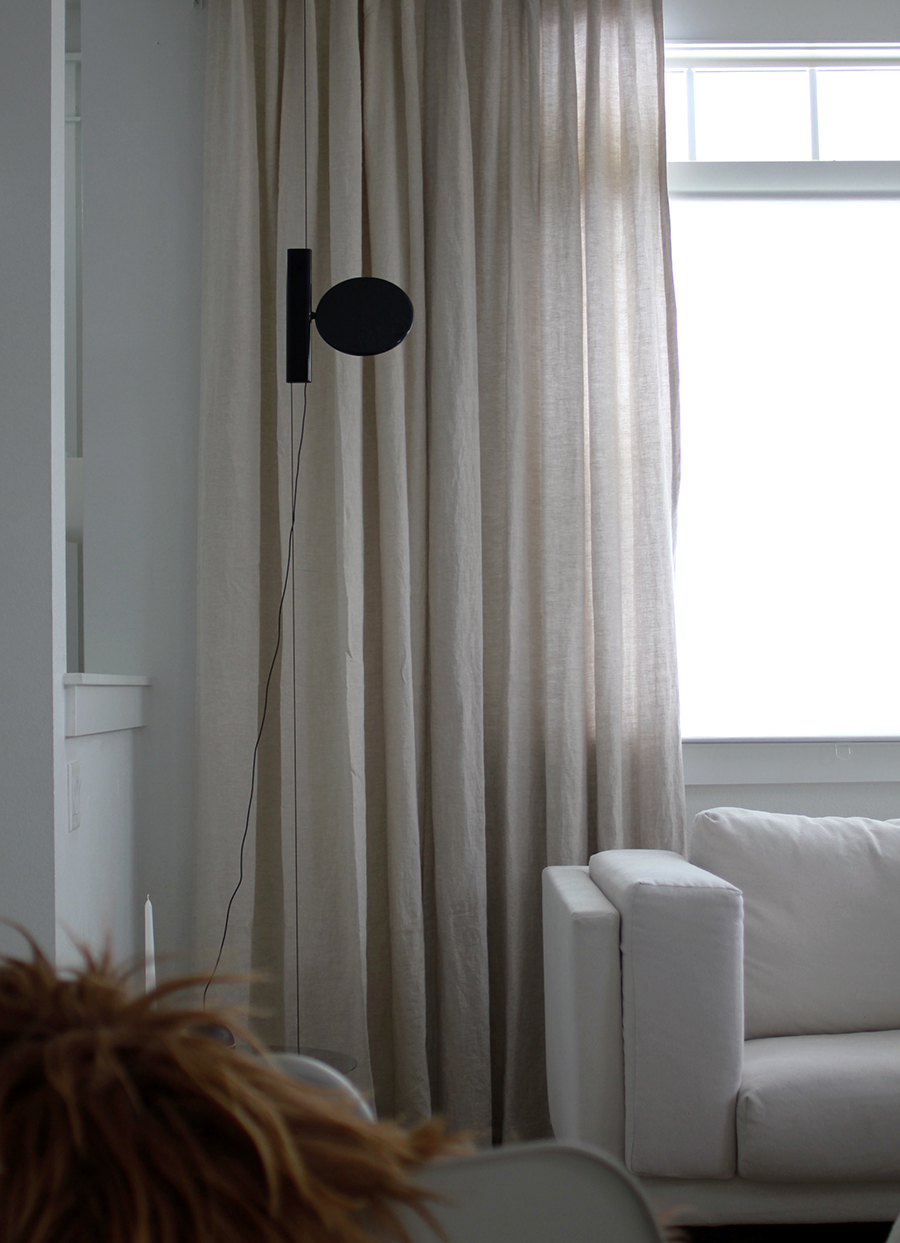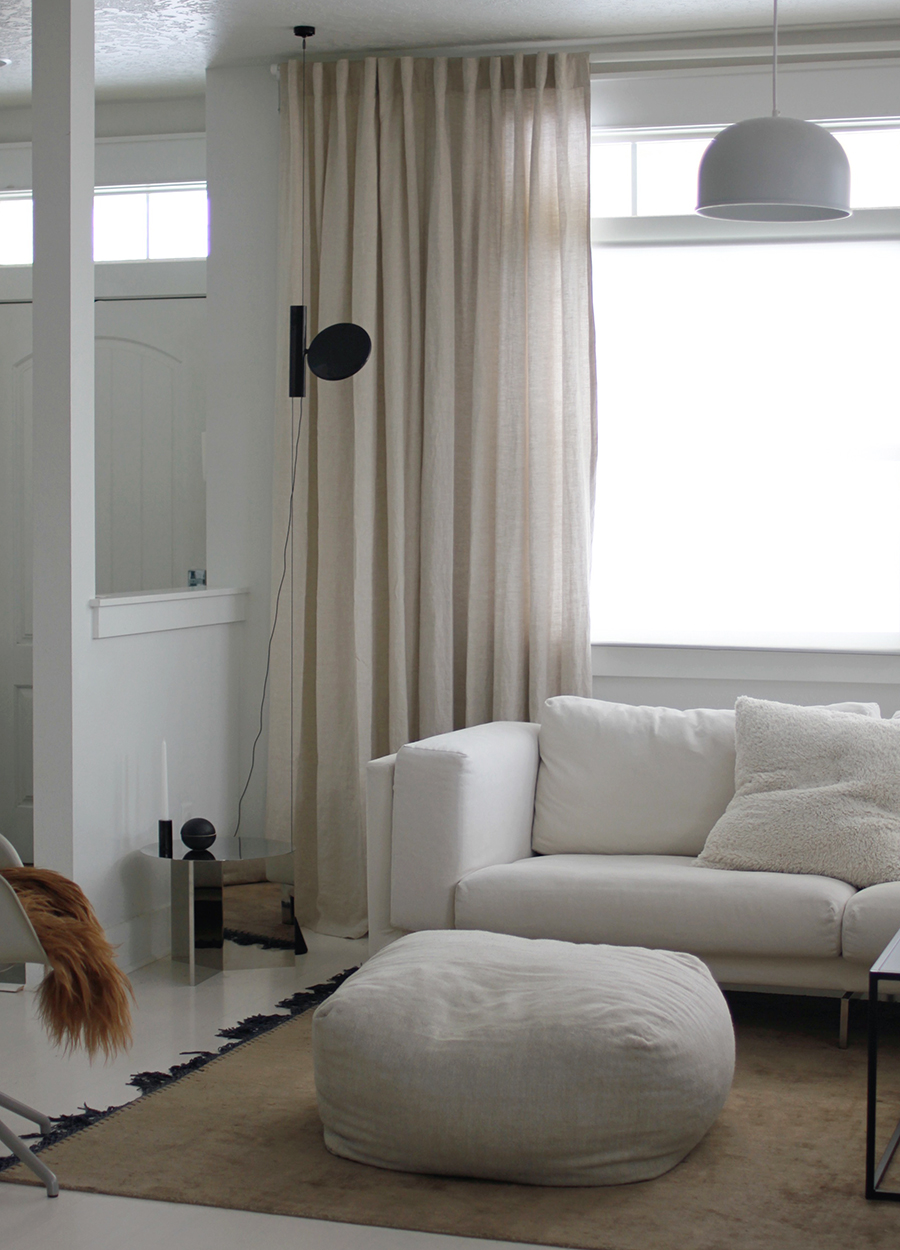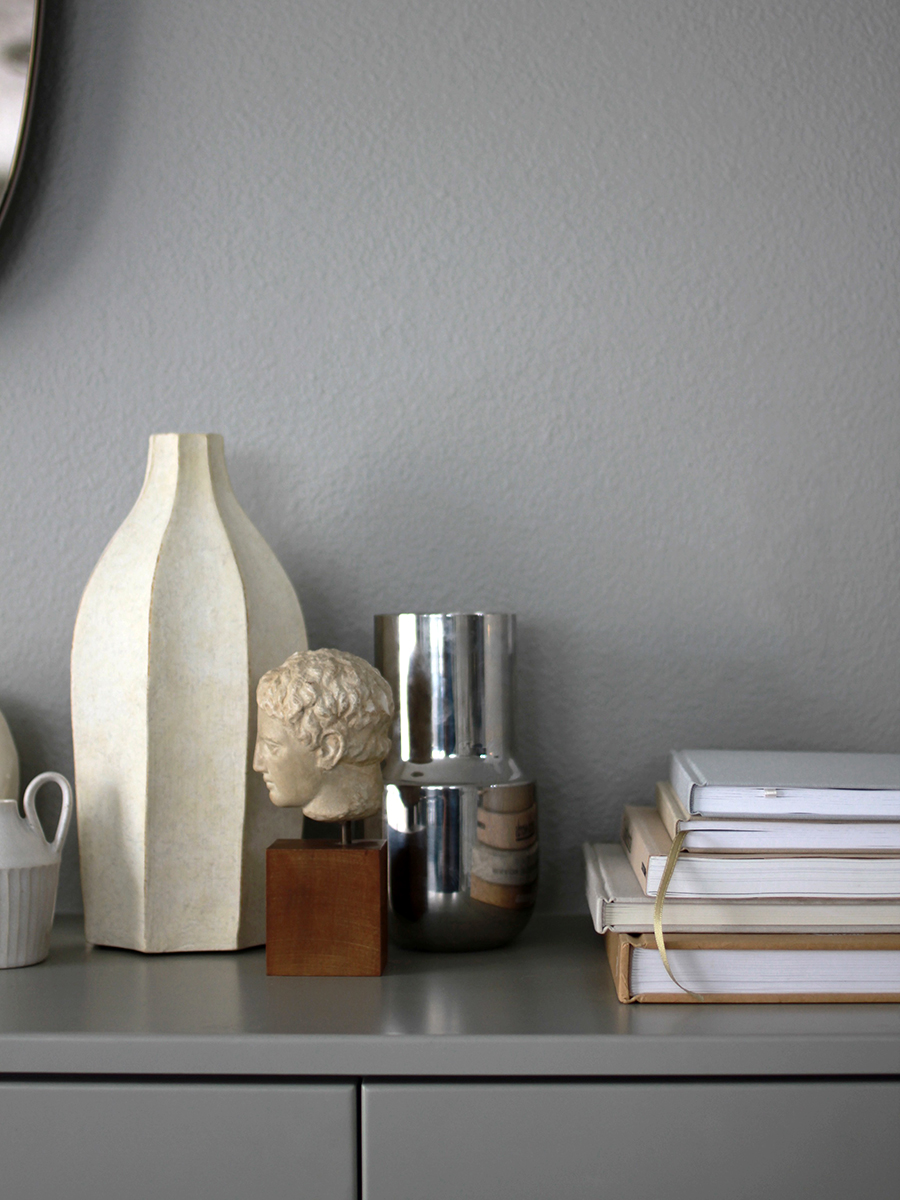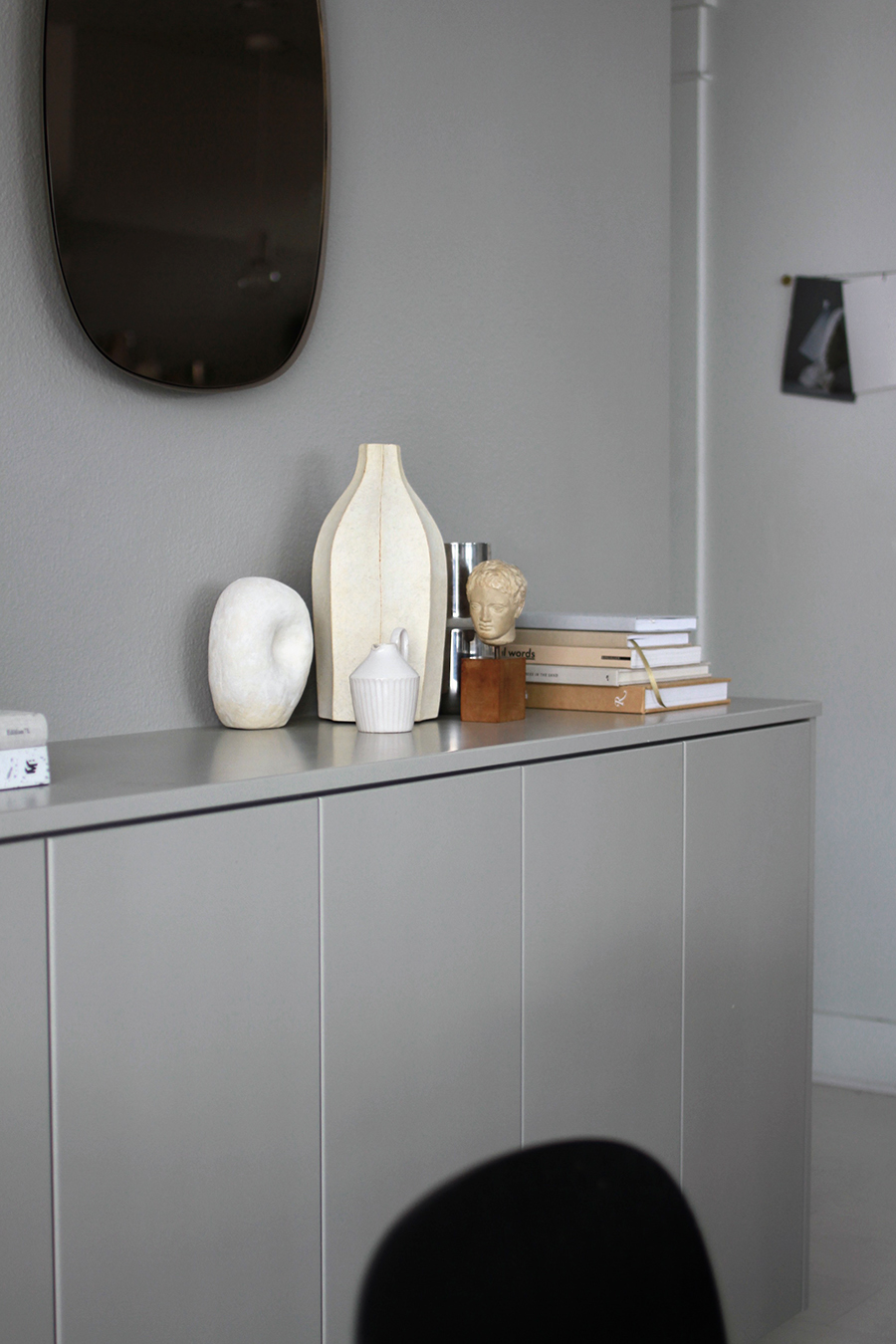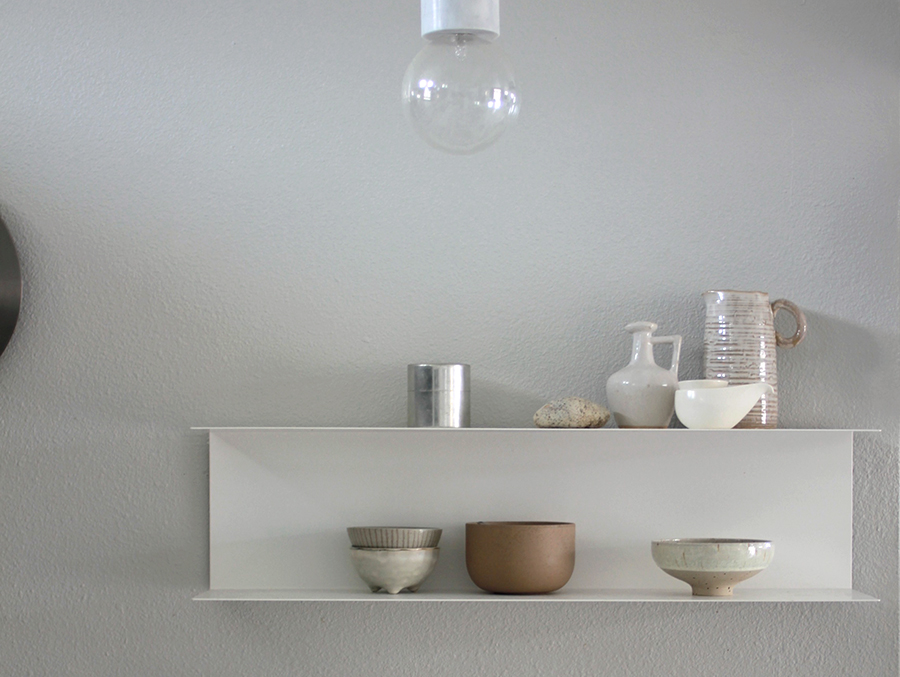To begin this month I wanted to share my personal definition of minimalism, which will likely differ from others’ view and that is perfectly ok. I am a highly sensitive person, coming to this conclusion has taken me years and even longer to accept. Shrugging things off easily is not familiar territory for me, my husband on the other hand is great at letting things go. I am also easily stressed because I overthink everything and frequently overanalyze situations or problems to pieces. Letting go is not a reflex for me, it is a practice which I must exercise on a daily basis. Understanding myself has played a key role in my own relationship with minimalism. I’ve found that having fewer things, subsequently fewer things to worry about and manage, greatly contributes to my own peace and to the peace of my family. There is something liberating about having what you need, or maybe it’s about needing less?
Mine and my family’s relationship with minimalism means we try to avoid all sorts of unnecessary excess. Do we sometimes splurge? Definitely. Do we each have collections of objects that aren’t absolutely necessities? Yes. My husband collects notebooks, I am kind of a clothes horse, my son collects Legos and animals figures while our daughter collects things that are pink.
Minimalism is not about achieving perfection or about never having fun. Rather minimalism is about being mindful about your choices and your consumption. We try to be thoughtful before making purchases, doing research and certainly reading reviews when possible. It means waiting a bit longer to buy something of quality rather than simply buying what is convenient. I’ve found that most impulse buys have virtually no longevity in our house and it’s those things we saved for, patiently waiting for that have taken up more permanent residence.
Minimalism for me also means a more consistent or limited group of colors. It does not mean no color, but I do find myself repeatedly drawn to a certain set of colors that help keep otherwise odd items somewhat cohesive together. I’ve found I like working this way best because it is more calming than a lot of conflicting colors. Everyone has a different relationship with certain colors though and I’ve seen plenty of people who like greens, blues, pink and yellow or more saturated versions of color who still maintain an overall minimal aesthetic.
Minimalism also means editing our possessions regularly. I don’t mark a certain day on the calendar but roughly once a season I purge the closets, kitchen, bathroom cabinets and collectively with the kids we also purge extras from their rooms. We recycle, sell and donate stuff we haven’t used in a while and know we can live without. It’s a great exercise in evaluating what is truly essential.
Minimalism has also meant better quality. When I was newly married I had these ideas that some things in your home only served an aesthetic purpose while tools and practical items only served a function. Through blogging and use of the internet I soon found that there could be a happy marriage of objects that are beautiful and useful simultaneously and you don’t necessarily have to choose one quality or the other. This has resulted in owning fewer objects, the drawers aren’t filled with lots of cheap and ugly tools that need to be hidden away but rather objects acquired slowly over time made of materials that typically lost longer.
Living with less doesn’t mean you won’t keep some sentimental things or that every wall or shelf will be incredibly sparse. It does mean however that you mostly possess the things you absolutely love and use so that you are left with items that will be loved and cared for.
In our home minimalism doesn’t always mean going without or that we never indulge in frivolous things however it is a frame of mind through which to pass many of our decisions, an intent to remain conscious to having fewer but better things.
Here are a few questions I ask myself, which you can try as well, when keeping minimalism in mind:
Do I truly need this? (sometimes a good test of need is waiting, and if the item lingers in your mind for a few days then return to it)
Will this add value to my life?
Is this something that can do the job or two or more products, allowing me to donate the others and replace with one?
Will this endure through time? Could it be passed onto future generations?
Is it made of renewable materials or is it handmade?
